Tsuga canadensis (Canada Hemlock)
Michael's Opinion
The Canada Hemlock is a graceful tree suitable for large areas. It would really do justice to put the Hemlock near a pond where it can hang over the water giving it a whimsical appearance. Looks best when left in its natural state; not pruned.
Botanical Information
| Family | Pinaceae |
| Genus | Tsuga |
| Species | canadensis |
| Category | Woody |
| Type | Tree (evergreen) |
| Origin | Introduced into cultivation in 1736. The only hemlock native to Eastern Canada. Occurs in eastern North America, from Ontario and Nova Scotia to Indiana and Kentucky. |
| Pronunciation |
Details
| USDA Hardiness Zone | 4-7 |
| USDA Hardiness Ref. | |
| Canadian Hardiness Zone | 4b |
| Canada Hardiness Ref. | |
| RHS Hardiness Zone | H7 |
| RHS Hardiness Ref. | |
| Temperature (°C) | -40 |
| Temperature (°F) | -40 |
| Height | 13 -30 m |
| Spread | 8 m |
| Growth | Slow |
| Flowering Period | April |
Description and Growing Information
| General Description | It is from the cold north-eastern climate of North America and is a medium sized tree that extends up to 24 m, with a trunk that is usually tapered at its base. Forms a broadly pyramidal crown; its hanging branches have pensile tips. |
| ID Characteristic | You can determine the Eastern Hemlock from all other native eastern conifers by its slender twigs and oblique leading shoot. It has ‘nodding’ branch ends; the top of its crown has a slender 'leader' that cascades downwards. |
| Shape | Upright, weeping, conical, pyramidal habit. Tapered trunk in youth, pendulously pyramidal with age. |
| Landscape | Can make a remarkably handsome evergreen hedge. There is a very good example of this in the Arboretum at the Royal Botanical Gardens in Burlington. Also suited to screening, groupings, as an accent plant, or used in a park or institutional setting. |
| Propagation | Propagate from seed in the spring. Stratify seeds for 1-4 months at about 1-5°C to ensure good germination. Semi-ripe cuttings harvested from January to mid-February and placed on a bench with a bottom heat of 18°C. |
| Cultivation | Root pruning aids transplanting. Moist, well-drained, acidic soils; soil pH of 5.0-6.5 is preferable; transplant in early spring. Tolerates shade, can grow in full sun with well-drained soil. Prune individual shoots, instead of shearing the entire plant. |
| Pests | Woolly adelgid has been the biggest insect menace to the Hemlock thus far. Other threats to the Hemlock are: rust, mite, hemlock looper, spruce leaf miner, gypsy moth, hemlock sawfly hemlock fiorinia scale and sunscorch. |
| Notable Specimens | There is a fine specimen of Tsuga canadensis ‘Calvert’ situated in a courtyard at the Royal Botanical Gardens in Burlington, Ontario, Canada. Rayner Gardens, London, Ontario, Canada has some excellent climax specimens along the park edge bordering the Thames River. |
| Habitat | Rocky ridges, ravines, hillsides. Extends through southern limits of Northern Ontario. |
| Bark/Stem Description | Scaly in youth, becoming deeply grooved with dark brown, broad, flat-topped ridges. Outer bark is dull reddish purple, inner bark is bright reddish purple. The bark contains tannin, which at one time was a commercial source for tanning leather. |
| Flower/Leaf Bud Description | Minute, ovoid shape with fuzzy scales, light brown in colour, 2 mm in size. |
| Leaf Description | Small ovoid needles, arranged in 2 rows; greyish brown and pubescent when young, maturing to glossy dark green, 2 greyish bands on undersides, notched with a short leaf stalk. Leaves are 0.5-1.7 cm long, and 20-30 mm wide. |
| Flower Description | Monoecious; light yellow stamens, pistil is pale green. Male flowers are auxiliary on previous year’s shoots. Female flowers are green coloured and are terminal on last year’s lateral shoots: they also have imbricated scales. |
| Fruit Description | Pendulous cones are stalked, slender and ovoid, apex is almost obtuse. Cones are 1-2.5 cm long, and 0.05-1 cm wide. Brown in colour when mature and arising from branch ends hanging downwards. Cones shed their seeds during the autumn. |
| Colour Description | Retains its green colour throughout the seasons. |
| Texture Description | Soft and fine textured. |
Photographs
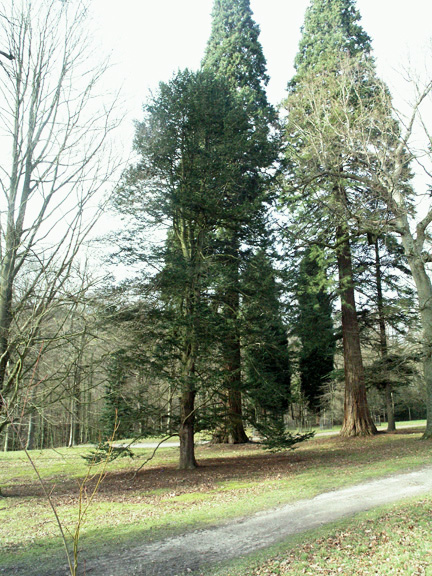
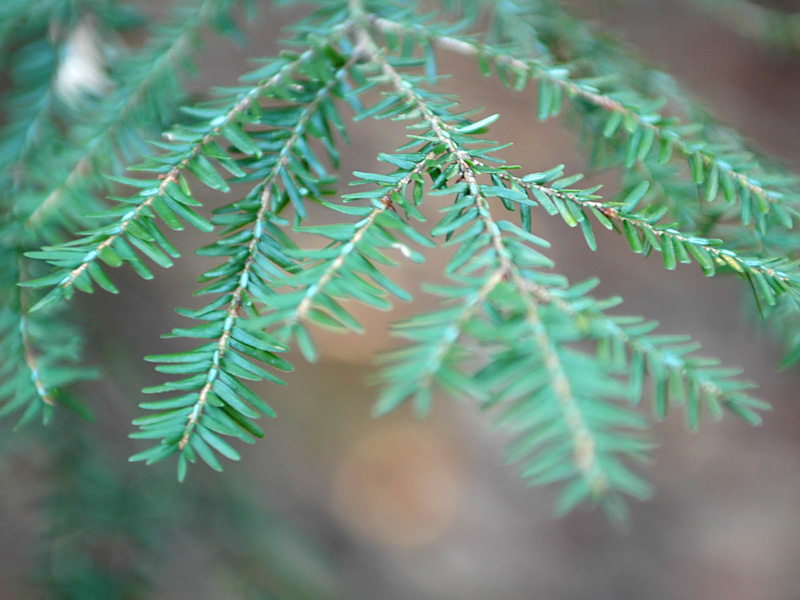
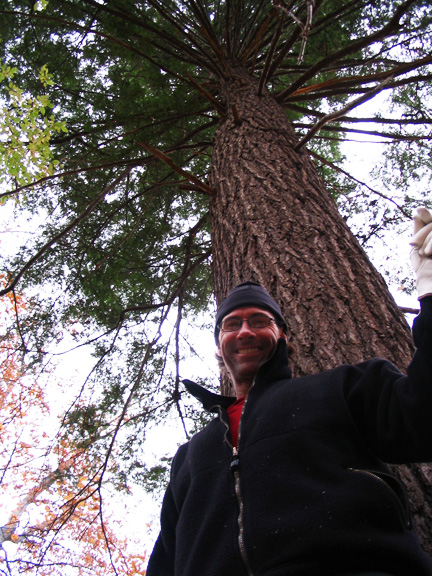
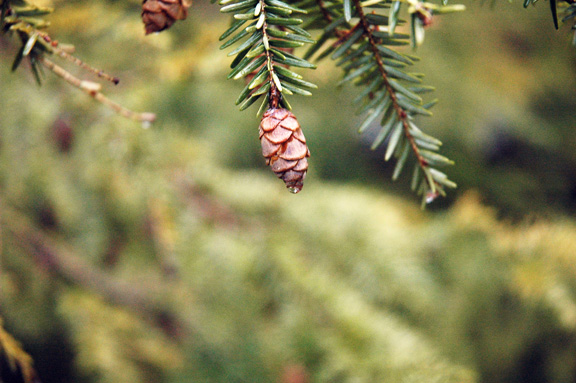
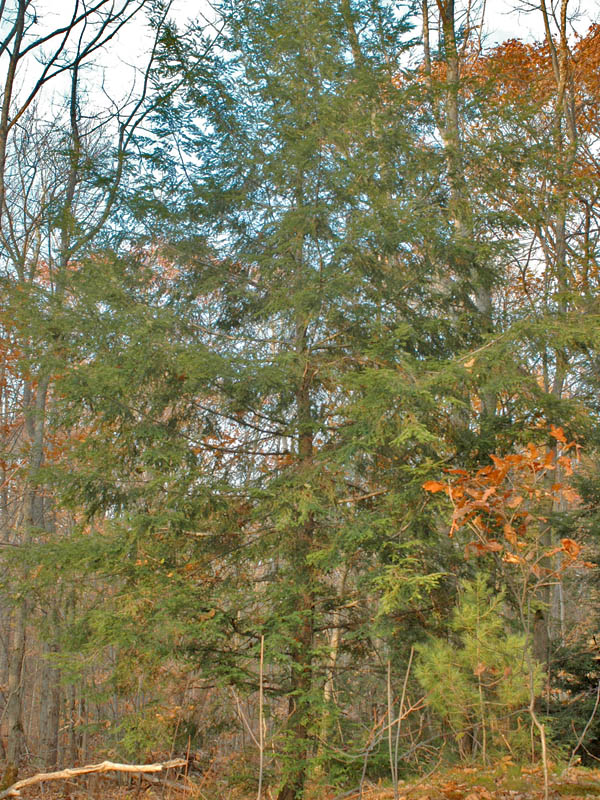
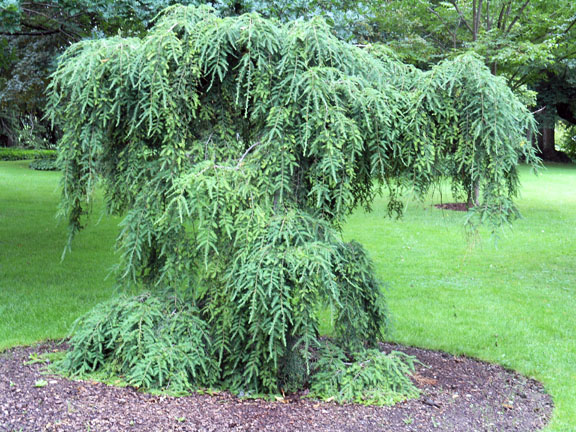
Tsuaga canadensis 'Pendula' at the Niagara Parks Botanical Gardens, Niagara Falls, Ontario, Canada.
Tsuga canadensis 'Prostrata'.
Tsuga canadensis 'Jervis' in the Mac Cuddy Botanic Garden, Strathroy, Ontario, Canada.
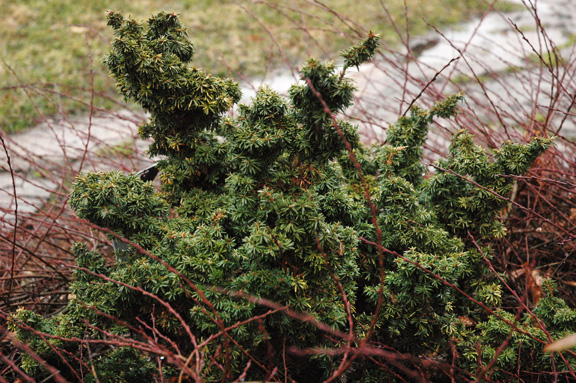
Tsuga canadensis 'Greenwood Lake'.
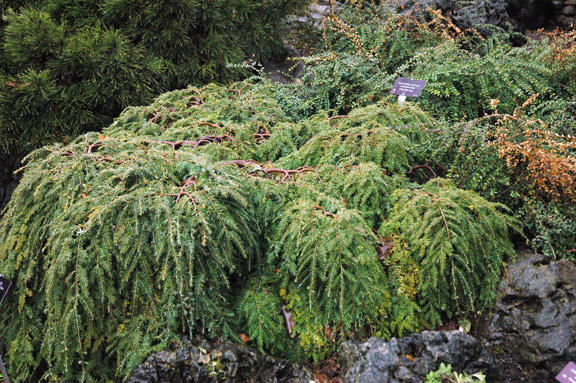
Tsuga canadensis 'Coles Prostrate'.
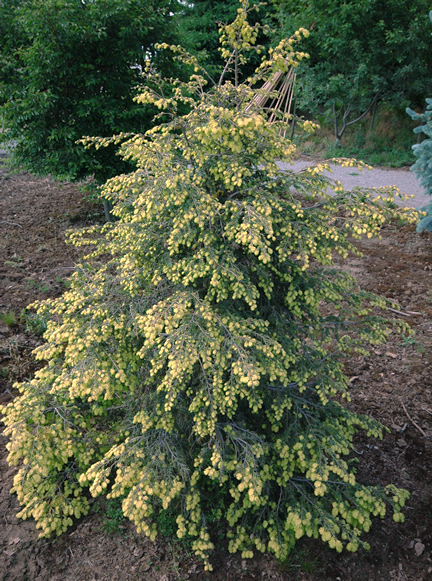
Tsuga canadensis 'New Gold'.
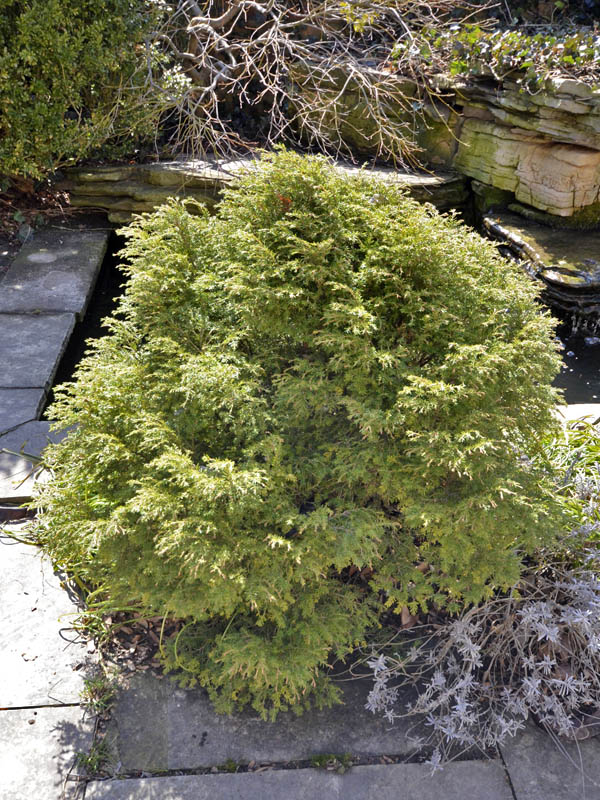
Tsuga canadensis 'Stewart's Gem'.
Tsuga canadensis 'Minuta'.
Tsuga canadensis 'White Fountain'.